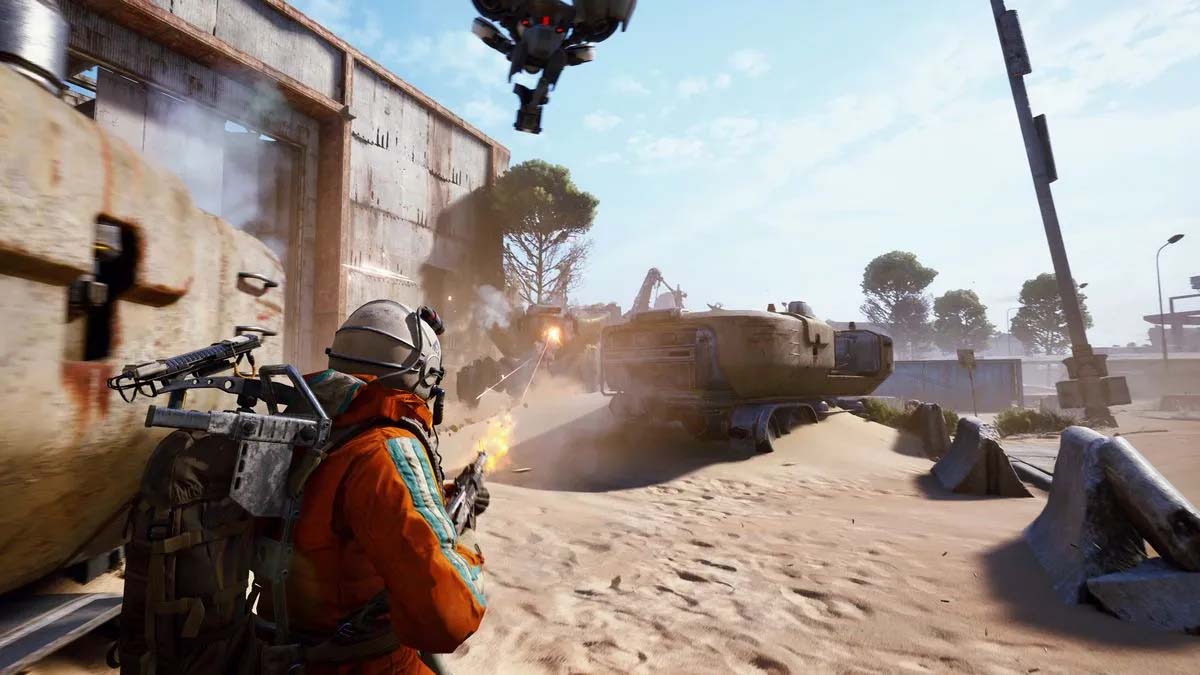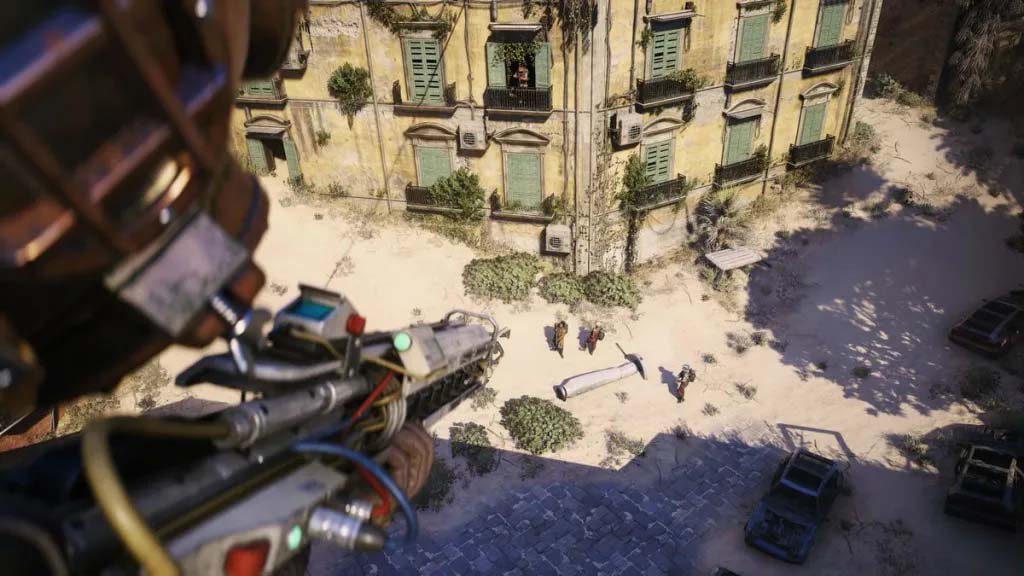ARC Raiders Guide - 51 Tips for Beginners and Advanced Players
Arc Raiders Guide

Welcome to the Arc Raiders Guide: a concise, practical, and slightly cheeky collection of 51 tips to help you survive, loot, and laugh your way through raids. Whether you’re fresh off the tutorial or a veteran grinding for endgame parts, this list will save you time and headaches — and maybe even earn you a few bragging rights in pub chat.

Quick highlights
- Keep recyclables and key crafting materials — don’t auto-dump them.
- Use free loadouts to experiment; you still earn XP.
- Learn enemy weak points — rotors, pods, and exposed joints are your friends.

Tips (1–51)
- Don’t immediately recycle everything — some "recyclable" items are needed for Workshop upgrades. Hold onto them if you’re planning upgrades.
- If your priority is Credits (money), selling certain items often nets more than recycling them. Know what’s worth cash vs. craft material.
- Scrappy the Rooster only forages when you’re topside or actively in a run — don’t expect free loot while AFK.
- Quest progress shares across the party. Coordinate quests with friends to speed up progression (yes, one player can finish a step for the group).
- You can pull the extraction lever while downed — hope your teammates like clutch revives.
- Keep Assorted Seeds: they’re tradable with Celeste and act like a niche currency for useful workshop trades.
- ARC enemies won’t intentionally aim at downed Raiders, but collateral damage can still hurt you — don’t lie in the open.
- Seeds and trade goods are great for Workshop upgrades like Synthesized Fuel, Magnets, and Processors — grab those when you can.
- Weapon upgrades aren’t strictly bound to rarity — upgrade wisely and don’t ignore mid-tier gear.
- Track resources for frequently crafted items (e.g., Looting Mk 2) in the Gear Bench so you always know what you’re missing.
- Flashlights can attract certain ARCs — turn them off when sneaking or when you don’t want a buzzing escort.
- Free loadouts still give you XP. Experiment without fear — practice makes proficiency.
- Raider hatches auto-close after a while even if your team hasn’t extracted; plan your timing.
- Craft consumables, equipment, and ammo first before buying with Credits — crafting can be more resource-efficient.
- Equip attachments you find during a raid — sell extras only after you’re safe back at base.
- Rarity ≠ cash value. Trinkets and some epic/legendary items fetch better prices than lower-rarity junk.
- Don’t underestimate throwables in PvP — a well-timed grenade or flash can turn the tide.
- Looting Mk.2 expands your "safe pockets" — prioritize it if you like carrying high-value stuff.
- Fabrics are usable in some crafting recipes including healing items — don’t trash them.
- Merge Stack is a stash QOL lifesaver — use it to tidy auto-deposited loot after a run.
- Arc Powercells can recharge shields — carry them for clutch survivability.
- Always repair your weapons and gear before heading into harder runs.
- Free Loadout Augments can be exchanged for Mk.1 equipment via Lance (Clinic) — check trade options.
- Loot exclusive ARC drops (Hornet Drivers, Bastion Cells, Tick Pods, etc.) — they’re needed for Workshop progression.
- ARC Surveyors are fast — stun them with mines to halt their escape and loot them safely.
- Blueprints are consumables — don’t use them unless you mean to learn or trade them.
- Raiders sometimes emote "Don’t shoot" — trust cautiously; it’s a social hint, not a law.
- Find duplicate blueprints? Drop them for teammates who need them — it’s both kind and efficient.
- Dodge rolling an ARC Pop helps, but remember Pops still explode — conserve resources where possible.
- Raider Deck rewards often include free items and currencies — finish quests to unlock better draws.
- Snitches call in reinforcements from the sky — deal with them quickly or be prepared for company.
- Shooting Hornet rotors destabilizes them — target mobility to reduce their threat and accuracy.
- Most ARCs have weak spots and ammo-type resistances — match ammo to enemy for faster kills.
- Fireballs and Pops behave differently (flamethrower vs. kamikaze) — learn their silhouettes and treat them accordingly.
- Rocketeers and Leapers are spicy threats — learn their patterns or they’ll make your raid spicy in a bad way.
- ARC Probes call nearby ARCs when disturbed — prepare for backups when you engage them.
- ARC Probes often hide three searchable containers — check them for good ARC loot.
- Zoom into the map to reveal smaller points of interest — tiny markers can lead to big gains.
- Field Depots, Baron Husks, and Supply Call Stations appear when you’re nearby — explore methodically.
- Residential loot often contains trinkets and keys — prioritize house searches for valuable bits.
- You don’t need to commit resources to an Expedition immediately — stash materials until you’re ready.
- In-raid crafting is powerful — mastering it lets you craft on the fly for better heals, shields, and gadgets.
- Check your Refiner in the Workshop regularly — you’ll sometimes find craftable materials waiting.
- Locked rooms frequently contain top-tier loot and blueprints — invest in unlocking them when safe.
- Kick fruit trees (yes, really) for Lemons and other materials — useful for Scrappy upgrades and sells.
- Big ARC kills (Bastion, etc.) drop several parts — these are prime targets for farming.
- You can extract alongside strangers — dynamic extracts are possible; keep eyes open and trust carefully.
- Use the resource tracking feature for Workshop upgrades — tracked resources show an eye icon so you can focus farming.
- Keys are one-time use only — don’t waste them on low-value rooms.
- Sort your stash by category — it makes setting up loadouts fast and painless.
- Always pick up base materials (Metal, Rubber, Fabric, Plastic, Chemicals) — they stack and you’ll need them for many crafts.